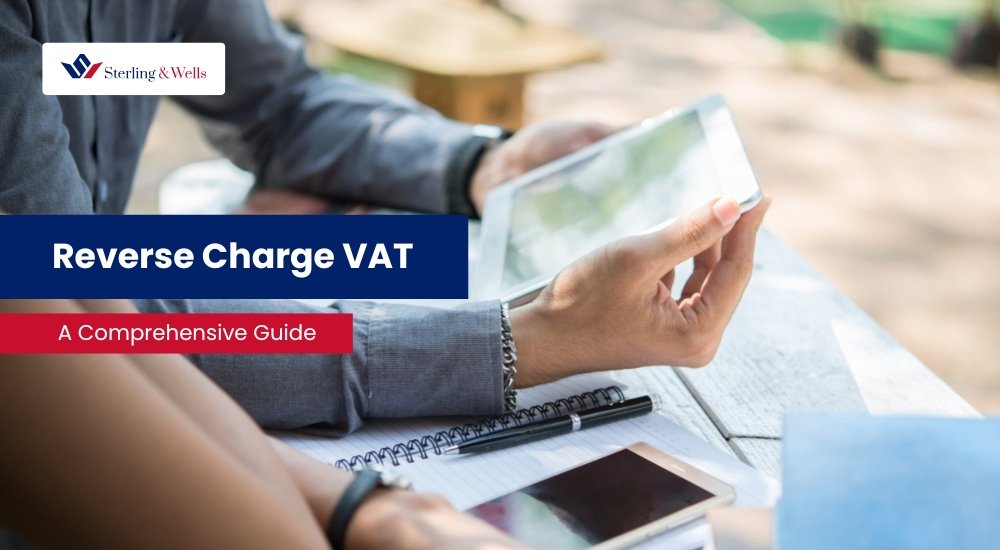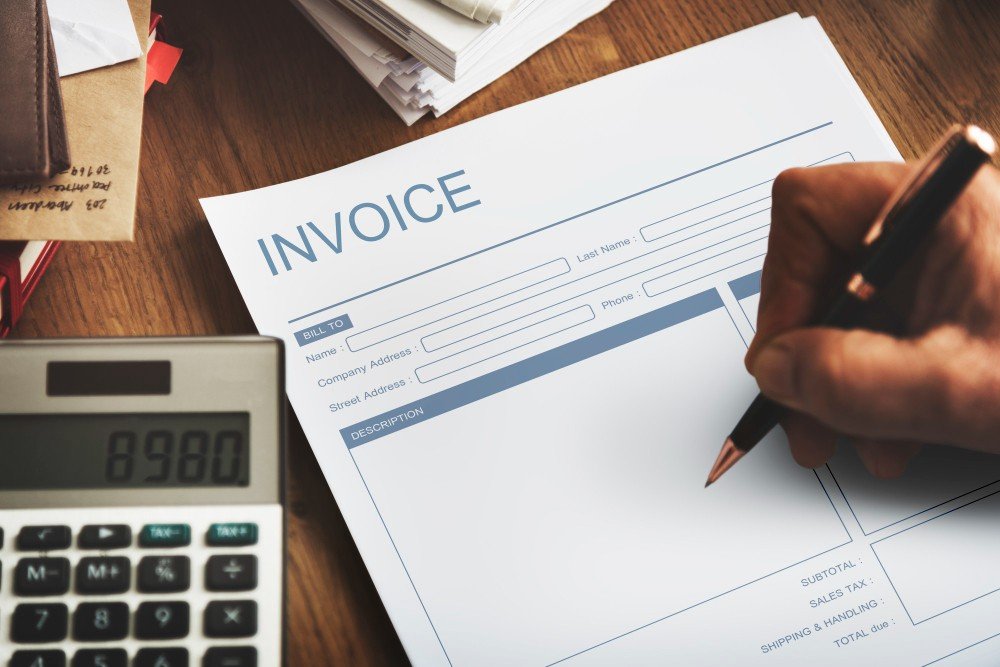Understanding the Reverse Charge VAT Mechanism: A Comprehensive Guide

The reverse charge mechanism is a key aspect of VAT (Value Added Tax) reporting that shifts the responsibility for accounting for VAT from the supplier to the buyer in the UK. This mechanism is particularly important in cross-border transactions, including those between EU member states and the UK, especially post-Brexit. The reverse charge ensures VAT is collected in the country where the goods or services are consumed, reducing fraud risks and simplifying the VAT reporting process.
What is the Reverse Charge VAT Mechanism?
The UK reverse charge VAT mechanism is a tax accounting method that transfers the responsibility for reporting VAT from the seller to the buyer. Rather than the supplier charging VAT on the sale of goods or services, the recipient of the goods or services (the buyer) is required to calculate and account for the VAT.
This mechanism is designed to ensure VAT is correctly accounted for in the country of consumption. It is most commonly used in cross-border transactions, where it would otherwise be challenging for tax authorities to ensure compliance from foreign suppliers.
Key Insights
-
The reverse charge VAT is commonly applied in cross-border B2B transactions within the EU and the UK.
-
It simplifies compliance for foreign suppliers who do not need to register for VAT in the buyer’s country.
-
The VAT reverse charge helps prevent VAT fraud, particularly missing trader fraud (e.g., carousel fraud).
-
VAT-registered businesses may report both output and input VAT on the same VAT return, usually resulting in a VAT-neutral position if they are fully taxable.
-
Invoices subject to the reverse charge must not include VAT, and the buyer’s VAT registration number must be included for proper reporting.
How Does Reverse Charge VAT Mechanism Work
Supplier Issues an Invoice Without VAT
The overseas supplier issues an invoice that excludes VAT and includes a note specifying that the reverse charge applies. The buyer’s VAT registration number should also be referenced to ensure proper documentation and compliance.
Buyer Accounts for VAT
The buyer (who must be VAT-registered) calculates the VAT due at the applicable rate (usually 20% in the UK) and reports it as output tax on their VAT return (Box 1).
VAT Reclaimed Where Eligible
If the purchase is for taxable business activities, the buyer can reclaim the VAT as input tax in Box 4 of their VAT return. This typically results in no net VAT liability if the business is fully taxable.
Special Rules for Partially Exempt Businesses
For businesses that make both taxable and exempt supplies, the buyer may only be able to reclaim a proportion of the VAT, or possibly none at all, depending on how the purchase is used in the business.
Purpose and Benefits of the VAT Reverse Charge Mechanism
Purpose
The reverse charge VAT mechanism serves several key purposes:
- Ensures correct VAT collection
It ensures VAT is collected in the country where goods or services are consumed, particularly in cross-border transactions where enforcing VAT compliance on overseas suppliers can be difficult.
- Prevents VAT fraud
The reverse charge helps to reduce the risk of VAT fraud, particularly schemes like carousel fraud, where suppliers collect VAT but fail to remit it to tax authorities.
- Shifts VAT responsibility to the buyer
By making the buyer responsible for reporting VAT, the system ensures that VAT is more likely to be reported and paid correctly, especially in countries where the buyer is VAT-registered.
Benefits
The reverse charge VAT mechanism serves several key benefits:
- Simplified compliance for foreign suppliers
Suppliers do not need to register for VAT in the buyer’s country, reducing their administrative workload and costs.
- Accurate VAT collection by tax authorities
By shifting the responsibility to the buyer, VAT is reported and paid in the country of consumption, ensuring that the tax authority receives the correct VAT.
- VAT neutrality for fully taxable businesses
Businesses that only make taxable supplies can generally report both input and output VAT, leading to no net VAT liability and helping with cash flow.
- Reduces VAT fraud risk
The reverse charge minimizes the opportunity for suppliers to collect VAT and then disappear without remitting it to tax authorities.
When Does the Reverse Charge VAT Apply?
The reverse charge mechanism under UK VAT law applies in several key situations. It helps ensure VAT is correctly accounted for in the UK, simplifies compliance for overseas suppliers, and reduces the risk of VAT fraud.
Common UK Scenarios:
Services Received from Overseas (including the EU)
If a UK VAT-registered business receives certain services from a supplier based outside the UK, the UK business must apply the reverse charge and account for the VAT on its own VAT return.
Imports of Goods (from EU or non-EU countries)
UK businesses must pay import VAT on goods received from abroad. This can often be accounted for via Postponed VAT Accounting (PVA), which functions similarly to the reverse charge mechanism.
Construction Services (Domestic Reverse Charge)
From 1 March 2021, VAT-registered subcontractors in the UK construction industry must not charge VAT to other VAT-registered contractors. Instead, the contractor accounts for the VAT under the reverse charge rules.
These rules ensure VAT is paid in the UK where the goods or services are consumed and reduce the administrative burden for foreign suppliers while preventing fraud.
The UK Reverse Charge VAT Mechanism Post-Brexit
Following the UK’s departure from the European Union, VAT rules for cross-border transactions have changed significantly. UK VAT-registered businesses that receive services from overseas suppliers—including those in the EU—must now account for VAT using the reverse charge mechanism. This means the overseas supplier does not charge VAT, and instead, the UK customer must self-account for the VAT on their VAT return.
For goods imported into the UK, the reverse charge does not apply. Instead, businesses can use Postponed VAT Accounting (PVA) to account for import VAT on their VAT return, avoiding the need to pay VAT upfront at the border.
These changes affect several sectors, including telecommunications, consultancy, and IT services, where cross-border transactions are common. HMRC provides guidance on the required invoice wording for reverse charge transactions, including a statement that the reverse charge applies, the UK buyer’s VAT registration number, and other key information.
How to Create an HMRC Reverse Charge VAT Invoice
When issuing an invoice under the reverse charge mechanism, businesses must ensure that it complies with the relevant VAT rules.

The key elements to include are:
- Do Not Charge VAT
The invoice should show only the net value of the goods or services provided—no VAT should be added. The supplier may indicate the VAT rate as 0%, but the actual VAT will not be collected by the supplier.
- Include a Reverse Charge Statement
It is essential to clearly state that the reverse charge applies. Common phrases like “Reverse charge applies” or “VAT to be accounted for by the customer” should be included. This informs the buyer that they are responsible for reporting the VAT on the transaction.
- Include the Buyer’s VAT Number
Ensure that the buyer’s VAT registration number is listed on the invoice. This is required for validating the reverse charge treatment.
Conclusion
The Reverse Charge VAT mechanism is an essential tool for streamlining VAT reporting, particularly in cross-border transactions and specific industries like construction and international trade. By shifting VAT responsibility from the supplier to the buyer, the reverse charge simplifies compliance, reduces fraud, and ensures VAT is paid in the country of consumption.
With the post-Brexit changes to the UK’s reverse charge rules, it is crucial for businesses to understand when and how the reverse charge applies, to ensure compliance and avoid costly errors. By keeping invoices and VAT returns accurate, businesses can improve VAT efficiency and stay compliant with tax authorities.
For businesses navigating the complexities of VAT compliance, expert assistance is available to help optimize VAT processes and ensure a smooth, error-free operation.
Jyoti K. Gupta
She is a finance professional with a decade of experience in accounting, taxation, and UK VAT. She specializes in UK tax planning, financial management and legal compliance.